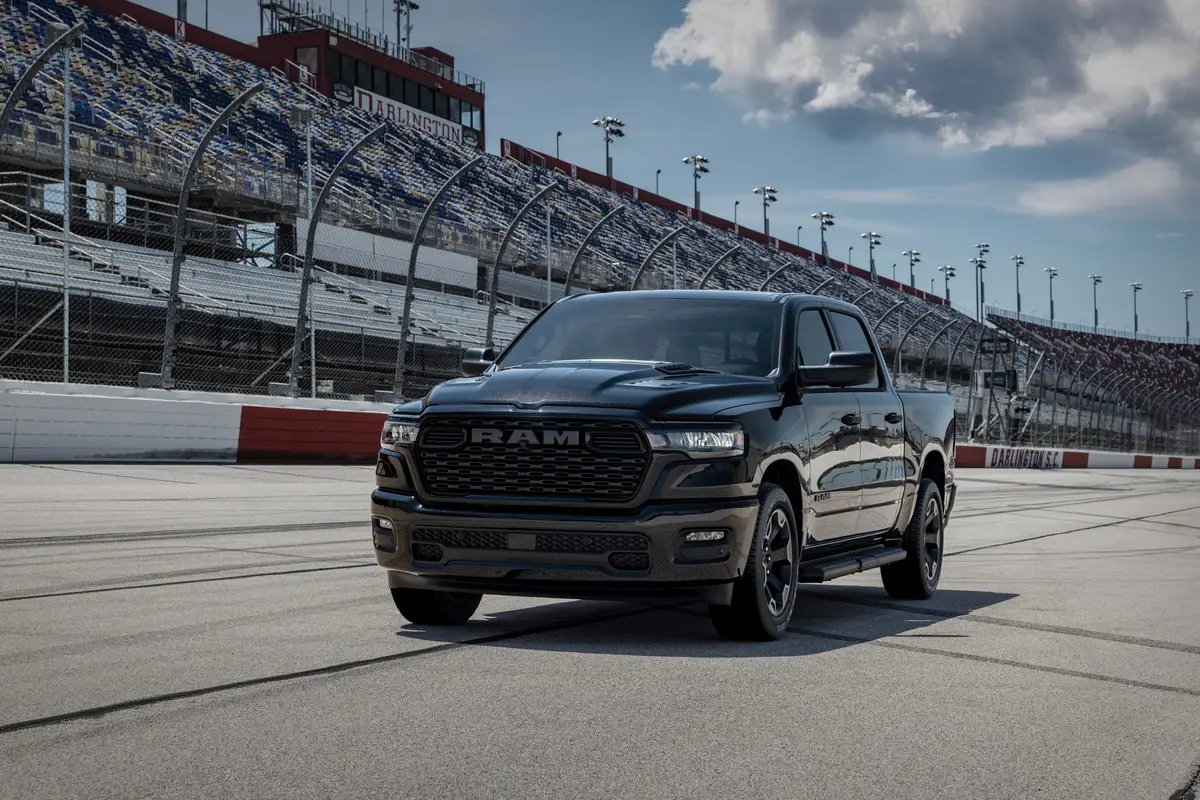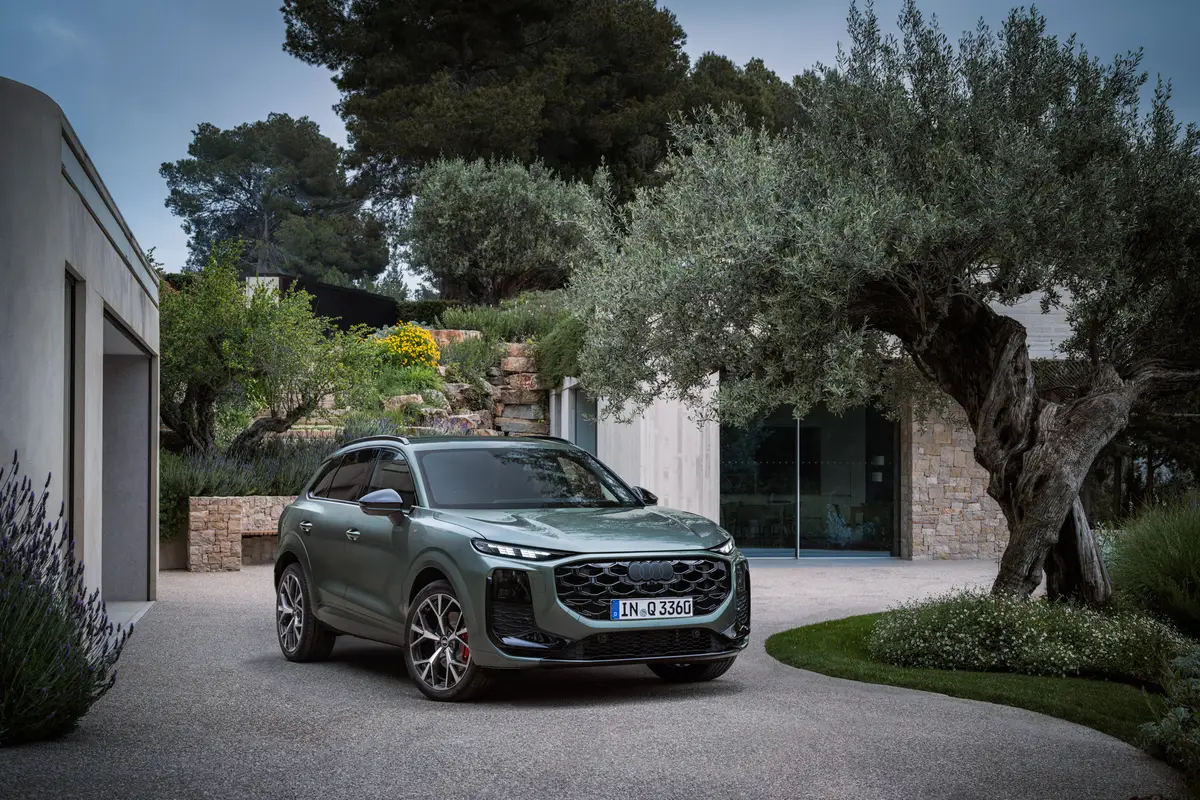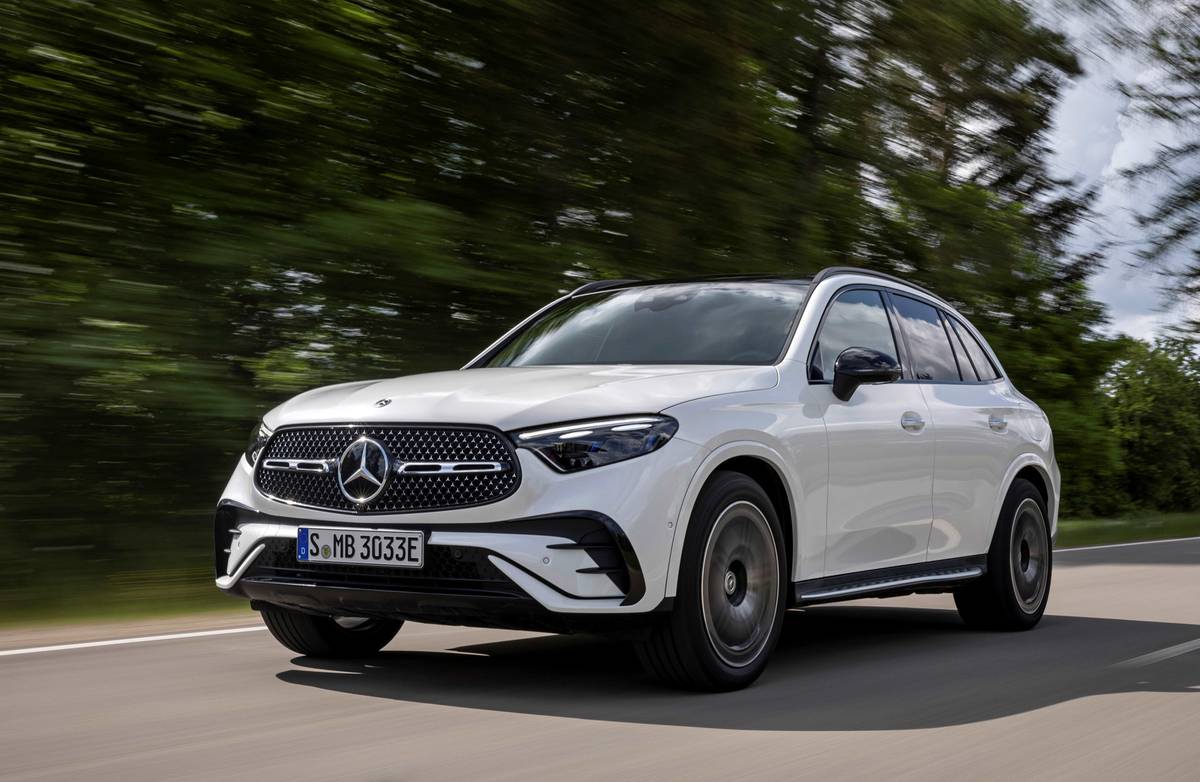Detroit Newspapers's view
A little more than a year ago, we got our first look at the Catera, a car that represents Cadillac’s determined search for younger buyers.
My initial impressions, based on driving hand-built prototypes in Germany, were lukewarm.
Now there are production Cateras available — they’re filtering into selected California showrooms — and driving a couple of them on the highways of Arizona produces an updated impression.
I wouldn’t call it unbridled enthusiasm. But it’s a couple degrees north of lukewarm, a thermal uptick generated largely by a price range some $4,000 lower than originally forecast.
This is a solid car with a number of strengths — excellent high-speed stability, world-class brakes and a lovely interior with sporty overtones.
It’s also a car that definitely breaks away from the traditional Cadillac image. For all their high-tech sophistication, Cadillacs are still viewed as roly-poly, overstuffed, gas-guzzling dinosaurs left over from another era.
Not the right kind of image for a new generation of buyers who equate prestige with brand names such as Mercedes-Benz, BMW, Lexus and Infiniti.
As a consequence, marketing communications concerning the Catera will stress its distinctively different character — “the Caddy that zigs.”
That’s the official advertising line, intended to suggest a sporty sedan that offers the same kind of stability, agility and panache as cars such as the Lexus ES 300, Infiniti J30 and Mercedes-Benz C280.
Without examining the challenges involved in getting Lexus and Mercedes shoppers to poke their heads inside a Cadillac showroom, I’d say those shoppers at least owe themselves a look-see.
German roots
Let’s review: The Catera began life as the Opel Omega MV6, a successful midsize sedan built by GM’s German subsidiary in Russelsheim.
GM went this route, rather than starting from scratch, because the need for a Cadillac that would break the old image mold was now, not three or four years down the pike.
Although the Catera retains the Omega’s basic dimensions, rear-drive chassis and 3.0-liter V6 engine — a first for Cadillac — GM did more than just slap a Cadillac emblem on the Opel sedan.
The conversion team installed an all-new interior and redesigned the front and rear of the car to give it a family resemblance to its bigger cousins.
Cadillac also spent a fair amount of money on sound isolation and in stiffening an already-solid chassis, investments that inevitably made the Catera heavier.
In my view, this adds up to a car that’s too portly compared with its competition.
The new Lexus ES 300, redesigned and stiffened for 1997, weighs in at 3,296 pounds, lighter than the previous edition.
The Mercedes-Benz C280 is 3,350 pounds, and the aging — and soon to disappear — J30 checks in at 3,527.
The Catera, in disappointing contrast, tips the scales at 3,770 pounds. That’s a bout 150 pounds heavier than the Omega and only 130 pounds lighter than the much larger Seville.
Weighted down
As you’d expect, this extra weight affects acceleration. Although the Catera’s 200-horsepower rating is as good as any of its target competitors, and the Opel V6 is a smooth and willing engine, the car’s power-to-weight ratio is the least favorable of the bunch.
One obvious result: a 0-to-60 m.p.h. time of 8.5 seconds, which is OK but not exactly thrilling. The BMW 328i makes this same sprint in about 7.5 seconds, and I’d expect the new ES 300 to get it done in about 8 seconds flat.
A less obvious result of excess weight: The Catera has to work hard on long uphills, a trait that came into sharp focus on the 138-mile cruise from Phoenix to Flagstaff, elevation about 7,000 feet.
Weight is also a liability in the handling department.
Even with the advantage of rear-wheel drive on dry pavement, the Catera’s slalom and double-lane-c nge performances aren’t as quick as that of the front-drive ES 300.
Although the Catera’s body roll is minimal, there’s an extra 474 pounds of bulk to herd with every change in direction.
The supposed virtue of road-hugging weight is a myth, folks. It’s the enemy in every performance category, and it’s surprising that GM engineers allowed the Catera to perpetuate this Cadillac ancestral sin.
As heavy as it is, though, the Catera’s braking performance is as good as anything in its class and better than most.
Chalk that up to big brake discs on all four wheels and relatively low- profile tires that put lots of rubber on the pavement.
Another dynamic area in which the Catera shines is straight-line stability at high speeds. That’s not too surprising in a car that was originally designed to meet autobahn standards, but it’s welcome nonetheless.
The resulting ride quality is straight from the Euro sedan playbook — firm and sporty, with enough isolation from road shocks to avoid harshness.
But, oh, the interior!
I don’t imagine that the Catera’s styling is going to lure many customers away from the other prime contenders in the entry-level luxury market.
The black-chrome egg-crate grille says Cadillac, but the Omega profile bears a disturbing resemblance to a Chevrolet Lumina sedan. And the going-away view, with its broad bands of red and clear plastic, suggests a Subaru Legacy.
But if they can get past the lackluster exterior, potential buyers will find an exceptional interior.
The Catera’s design team has done an outstanding job of blending sumptuous Cadillac comfort with the snug cockpit feel of a European sport sedan.
The warm, muted color schemes are far more attractive than the traditional grays and blacks of European sedans in this class, and materials are first rate throughout.
This car is slightly bigger than most of its competition, and roomier as well. There’s plenty of space for four, or even five if the middle rear passenger doesn’t mind straddling the driveline hump that runs down the center of the car.
Ever mindful of its younger target market, Cadillac has made another break with tradition by installing a pass-through feature to expand the Catera’s big trunk.
Flip down the center panel and you can poke a couple sets of skis into the cabin, or fly rods or kayak paddles.
The seats — cloth-upholstered in the basic Catera, leather in the cars I drove — are first-rate, with a wide range of adjustability and the option of seat heaters.
Although they don’t have quite as much lateral support as, say, a BMW, there’s enough side bolstering to reinforce the sporty feel of the whole package, and the comfort level goes well beyond the car’s 450-mile range.
The analog instrument package is distinctive, readily readable and exceptionally comprehensive, and the audio controls are augmented by auxiliary buttons mount ed on the outer edge of the wheel hub.
One small gripe: Unlike GM’s standard cruise control, which is excellent, the Catera’s employs tiny switches that are tricky to operate.
On the other hand, the Catera gets top marks for power windows that feature one-touch operation both up and down, front and rear.
Standard safety features — antilock brakes, dual front airbags — are average, although they’ll become better than average when side airbags are added to the list this spring.
Traction control, a helpful feature on a rear-wheel-drive car in snowy climates, is available, although it’s not as sophisticated as the systems Cadillac offers on the big front-wheel-drive Seville, Eldorado and DeVille.
Standard comfort and convenience features are plentiful, with a tempting list of options.
When I first drove a Catera in Germany, there were rumblings of a base price of about $34,000, not including destination charges. That’s Mercedes C280 territory ad struck me as too high.
But with a base price of $30,540, almost exactly the same as the new ES 300, the Catera looks like a pretty good buy.
My loaded tester — power sunroof, leather, heated seats, CD player, traction control, chromed aluminum alloy wheels — carried a sticker of $36,100, which is similar to what Lexus expects to see as an average transaction price for the ES 300.
Is the Catera better than its prime competitor, the ES 300?
High curb weight alone makes me reluctant to answer that question with an affirmative.
But even with its road-hugging weight, the Catera is a distinctly different kind of Cadillac, with a distinctively European character.
Chalk up a big zig for Caddy.
Latest news



